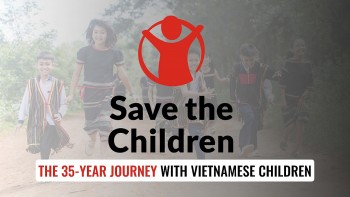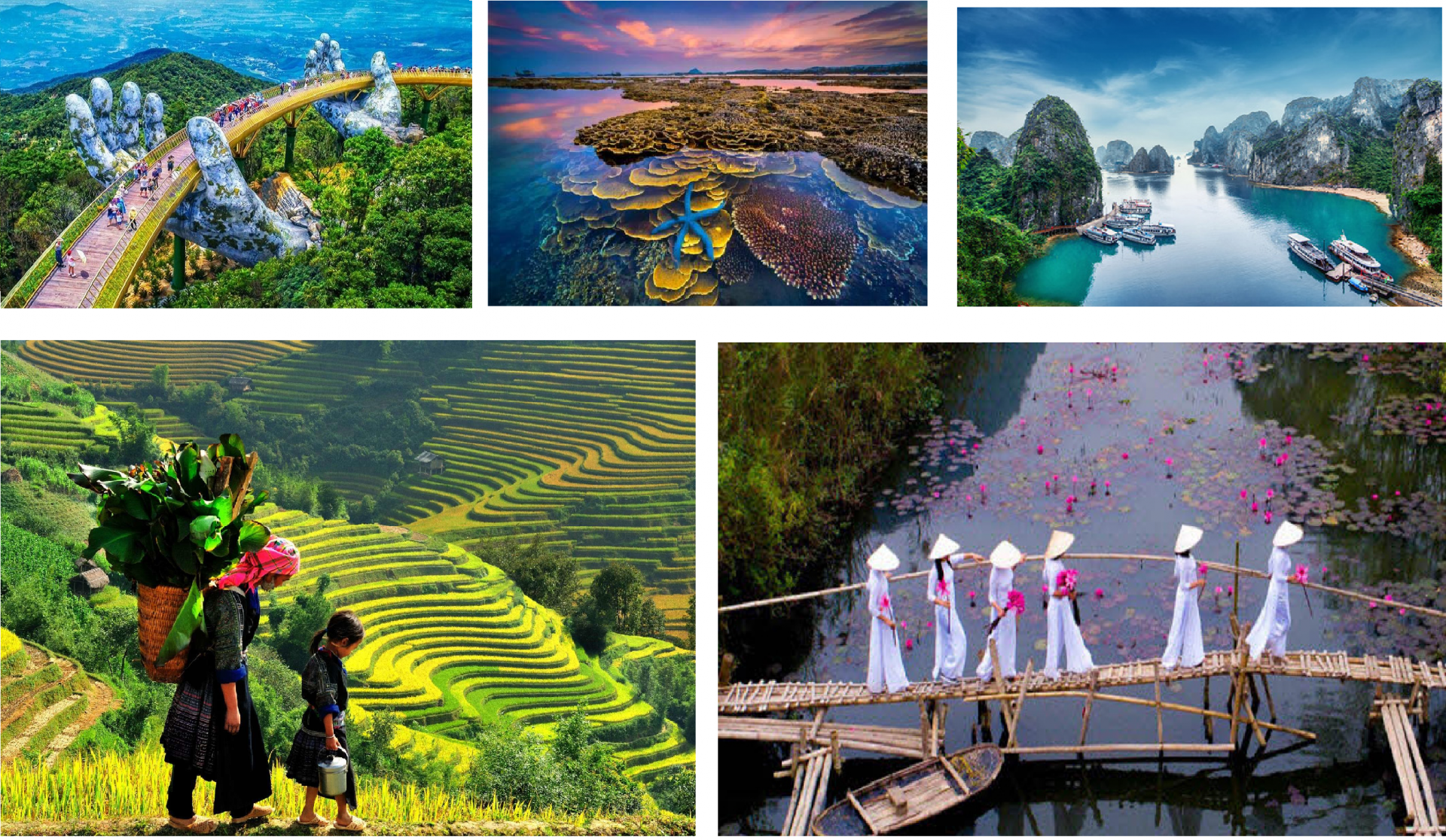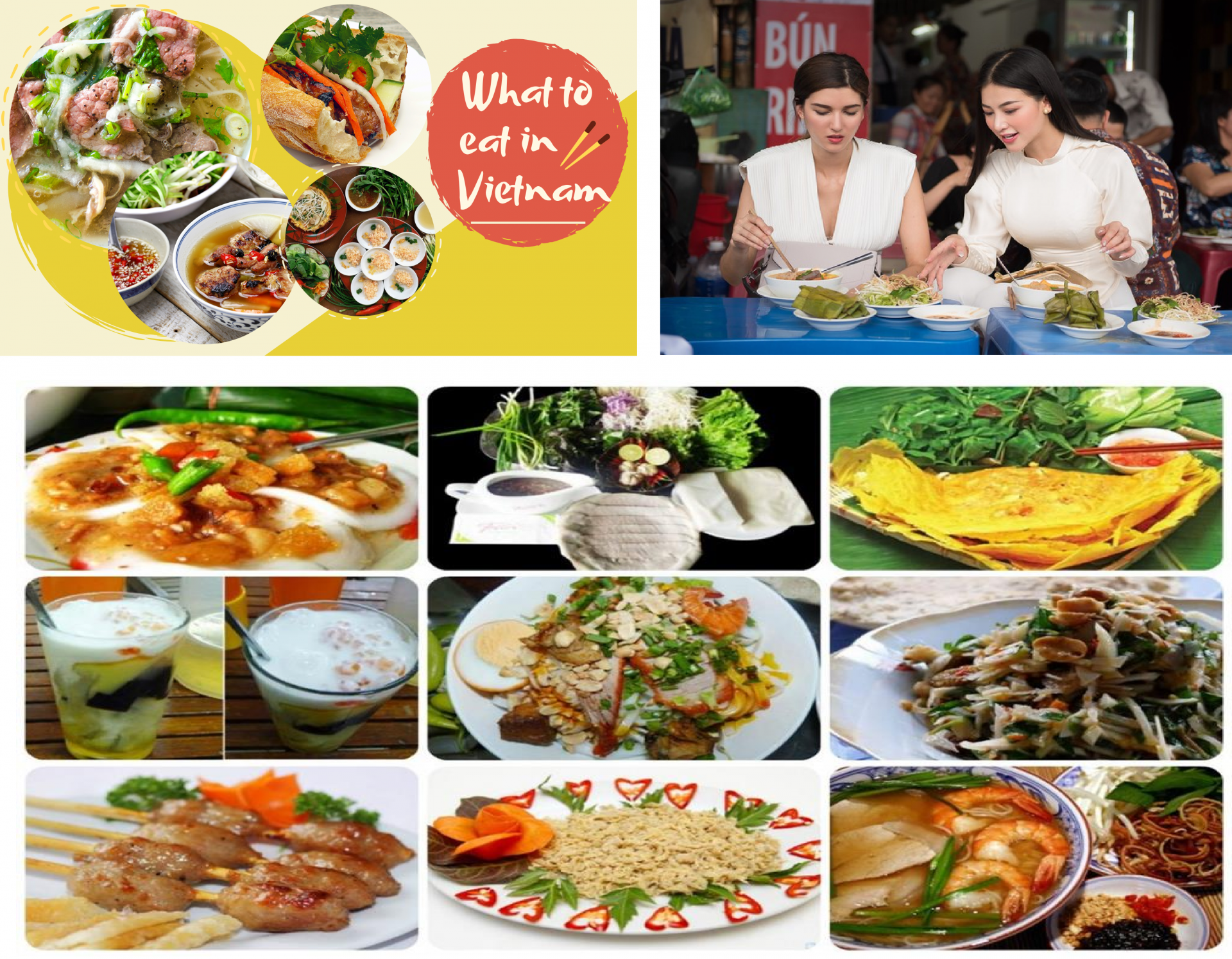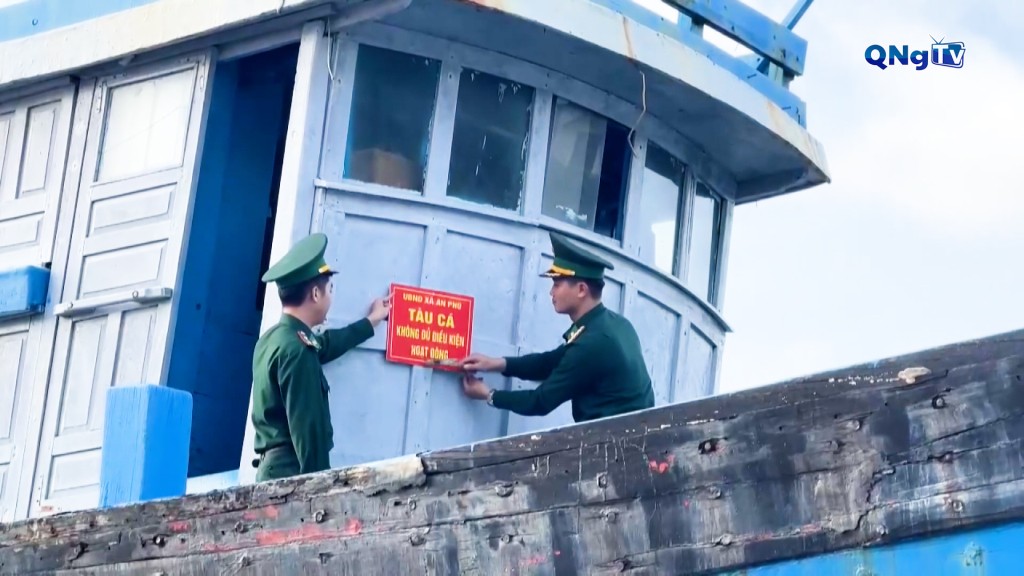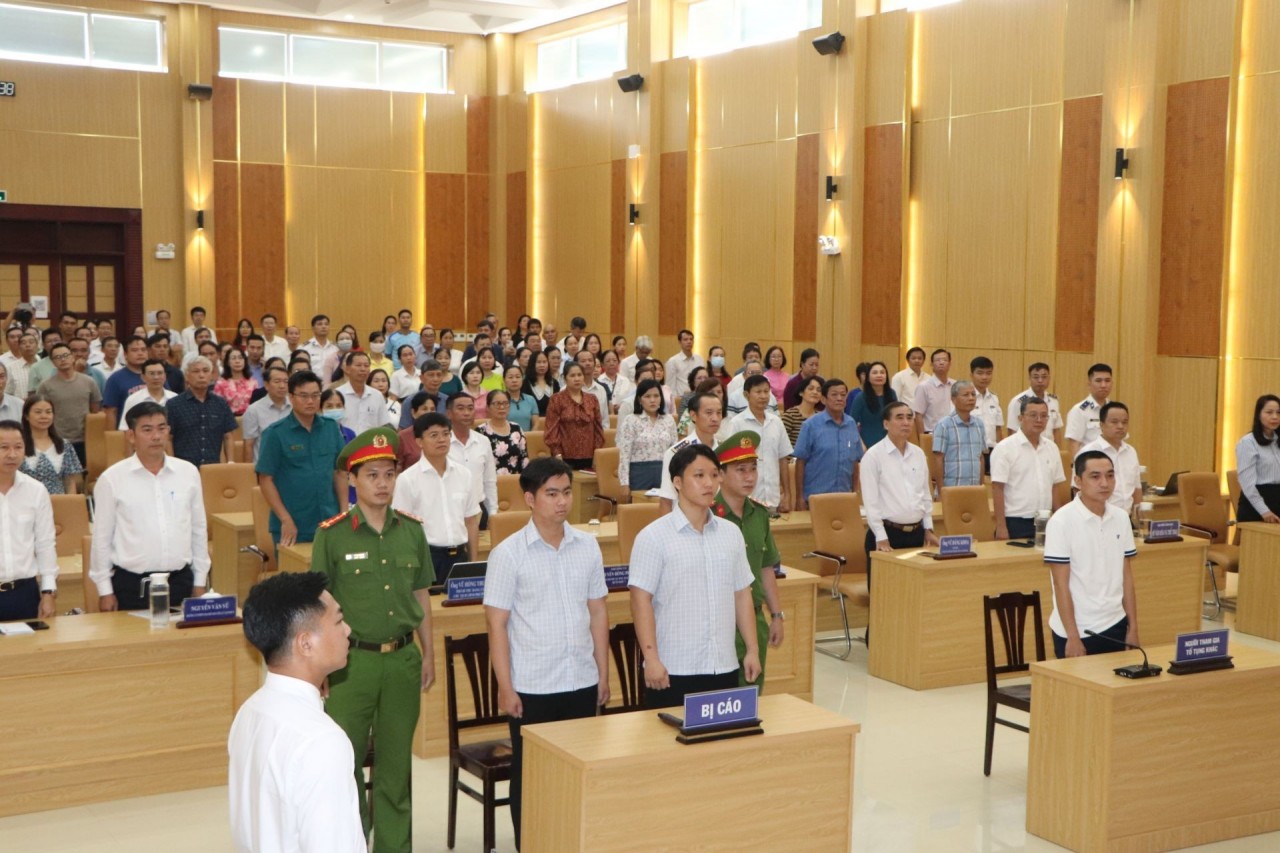A New Direction for Vietnamese Fishermen’s Livelihoods
| Many Plans for Mangrove Conservation and Sustainable Livelihoods in the Next phase in Ca Mau | |
| Support For 16,000 Women And Ethnic Minority Communities In Dak Lak To Improve Livelihoods |
Changing jobs - changing lives
Born and raised in the coastal village of Hai Tan (Tra Cau Ward, Quang Ngai Province), Le Van Lieu went to sea when he was 17. By his early 20s, he owned a 150-horsepower boat, fishing nearshore and then offshore. However, in recent years, fishing has become increasingly unprofitable. Many of his crew members left, and his boat stayed docked more often than it sailed.
Realizing the potential of aquaculture, in 2017 Lieu invested in three shrimp ponds covering nearly 5,000 square meters. He initially failed due to disease outbreaks, but after switching to breeding sweet snails, he succeeded. “Three months ago, I harvested 12 tons of sweet snails, selling them for 320,000 dong per kilogram and earning about 1.8 billion dong in profit after expenses,” he shared with reporters. From a fisherman, he has now become a farm owner, creating jobs for local workers.
 |
| Le Van Lieu (Tra Cau Ward, Quang Ngai Province) left fishing to start farming sweet snails and shrimp. (Photo: Quang Ngai Newspaper) |
Also in Tra Cau, 42-year-old Huynh Sam spent more than 15 years fishing with gillnets. In 2016, he decided to quit fishing and opened a small shop selling groceries and fishing gear. His store, located opposite My A fishing port, is always busy. “At first, I missed going to sea, but then I realized that changing jobs was a way to adapt. Now I’m still connected to fishermen, just in a different way,” Sam said.
Stories like those of Lieu and Sam are becoming increasingly common along the central coast of Vietnam. Many families no longer want their children to follow the fishing trade, instead encouraging them to pursue more stable livelihoods on land. Although this trend has led to a reduction in the number of fishing boats, it has also opened a new path toward a multi-sector, environmentally friendly marine economy.
Cooperatives and co-management models proving effective
In Vinh Long, the Rang Dong Fisheries Cooperative is a typical example of successful livelihood transformation. Once dependent on natural fishing, local fishermen have shifted to marine aquaculture combined with ecotourism. The cooperative now manages over 1,500 hectares of water surface, providing stable income for 3,000 households while protecting the marine environment and responsibly utilizing resources.
In Cu Lao Cham (Da Nang), many fishermen have left fishing to transport tourists, run homestays, and offer dining services. These activities have provided them with higher and more stable incomes while significantly reducing fishing pressure within the marine protected area.
In Hue, the co-management approach to fisheries resources was implemented early. After the 2017 Fisheries Law took effect, the province established 22 protected aquatic areas covering more than 11,600 hectares, including 614 hectares of strictly protected core zones. These areas are managed by local fishery associations - an innovative approach that helps reduce conflicts over fishing grounds, protect resources, and restore ecosystems in the Tam Giang – Cau Hai lagoon system.
These local efforts align with the national strategy. Under Decision No. 3389/2024/QD-TTg by the Prime Minister on the Master Plan for the Protection and Exploitation of Fisheries Resources for 2021–2030, with a vision toward 2050, Vietnam aims to reduce the number of fishing vessels by at least 12% compared to 2020.
Experts note that fishery resources have declined by about 20% compared to 20 years ago due to overfishing, outdated small-scale fleets, climate change, and environmental pollution. Therefore, livelihood transition, sustainable development, and responsible resource management are urgent and unavoidable directions.
According to Tran Minh Hai, Deputy Rector of the School of Public Policy and Rural Development, to ensure sustainable fisheries, localities should establish fisheries cooperatives linked with co-management models. Cooperatives should not only organize production but also develop services, trade, and tourism, creating a closed value chain for fishermen.
Livelihood transformation is not merely about changing jobs - it is about changing the way people interact with the sea: from exploitation to conservation, from dependence to proactivity. When fishermen have stable livelihoods and resources are restored, the sea will once again become a sustainable source of life for future generations.
 | Fishermen Confident to Set Sail under Border Guard Law Thanks to efforts by border guards to popularize legal documents, especially the Border Guard Law, fishermen in general and those in the northern province of ... |
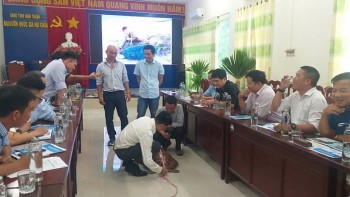 | Organizations to Train Sea Turtle Rescue Skills for Fishermen From November 13-14, at Nui Chua National Park (Ninh Thuan province), the Department of Fisheries (Ministry of Agriculture and Rural Development) collaborated with the Humane ... |
Recommended
 National
National
Vietnam News Today (Dec. 18): Vietnam and Germany Eye New Strategic Cooperation Space
 National
National
Vietnam News Today (Dec. 17): JICA Praised for Contributions to Vietnam’s Development Over Past 30 Years
 National
National
Vietnam News Today (Dec. 16): Vietnamese, Philippine Foreign Ministers Hold Phone Talks
 National
National
Vietnam News Today (Dec. 15): Vietnamese, Thai FMs Discuss Measures to Strengthen Bilateral Ties
Popular article
 National
National
Vietnam News Today (Dec. 14): US, Vietnam Mark Continued Humanitarian Cooperation With MIA Repatriation
 National
National
Vietnam News Today (Dec. 13): Russia-Vietnam Forum Marks 75 Years of Cooperation
 National
National
Vietnam News Today (Dec. 12): Vietnam, Japan Eye Stronger Naval Cooperation
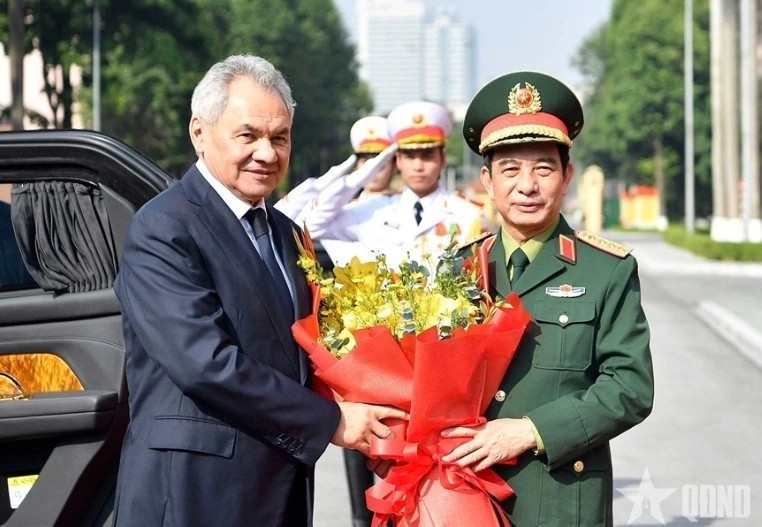 National
National

